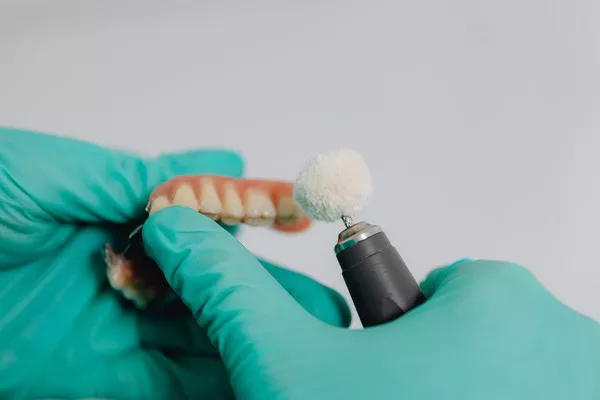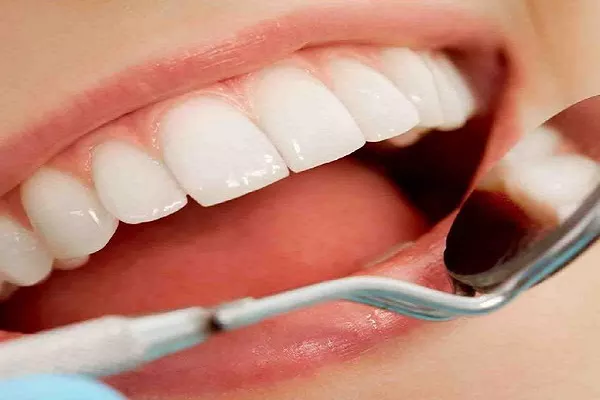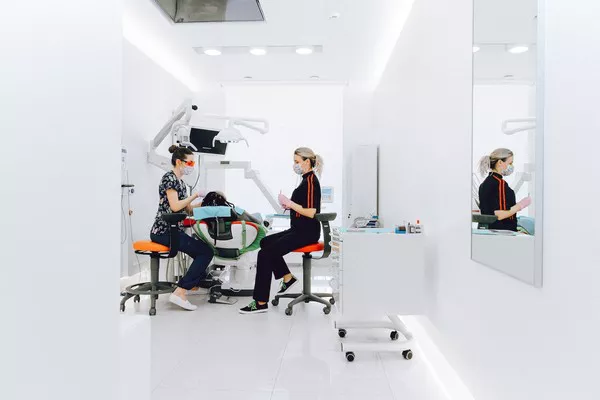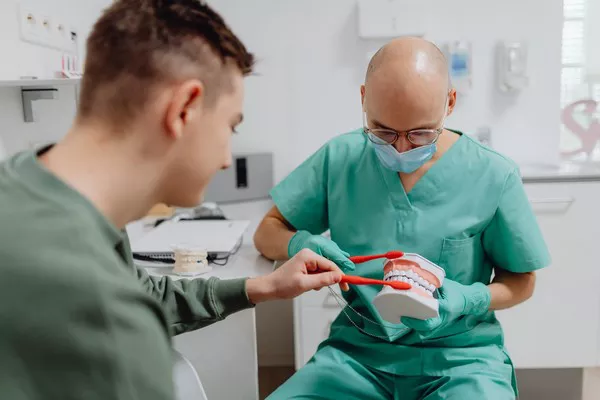There are many kinds of cleaning!
Which cleaning technique is right for you?
Wash your clothes when they are dirty, and the same goes for your teeth.
Proper cleaning won’t hurt your teeth, but can actually make them healthier.
However, “teeth cleaning” is just a general term. In actual dental treatment, teeth cleaning is divided into 4 levels, which are: 1, adult teeth cleaning – preventive/oral health education treatment, 2, total mouth debridement, 3, scraping or root surface leveling, 4, periodontal maintenance treatment.
Let’s see what level of cleaning you need.
Adult TEETH cleaning – Preventive/oral health education treatment for the population: for patients with healthy gums.
Treatment objective: To remove plaque, stones and pigmentation in the teeth and gingival crevicules, so as to keep the patient’s mouth healthy.
Treatment process: Cleaning: remove hard sediment polishing: use dental polishing cup and polishing paste to remove soft dental plaque and pigmentation on the teeth, and carry out necessary oral hygiene education according to different patients’ own conditions.
Treatment time: The whole process should take about 30 to 45 minutes.
Total mouth debridement (total curettage) is suitable for people: It is suitable for patients who have not received professional dental cleaning for a long time and have periodontal tissue diseases.
Treatment objective: To remove as much sediment as possible from the teeth and create conditions for a comprehensive assessment of the health of teeth and periodontal tissue.
Treatment procedure: Remove large pieces of calculus and relieve symptoms such as gum swelling, bleeding, and pus discharge. “Thorough scraping” — to remove residual deposits and polish the tooth for a more thorough examination to assess the need for scraping and root planing.
Treatment time: The entire treatment should take about 45 to 60 minutes.
Total mouth debridement is an intermediate dental cleaning, which can provide deeper cleaning treatment for periodontal disease patients who have not seen a dentist for a considerable period of time. It can be regarded as a “two-step” dental cleaning.
Scraping or root planing (deep tooth cleaning) is suitable for people with obvious symptoms of periodontal disease. Symptoms of periodontal disease include the discovery of a deep periodontal pocket (greater than 5 mm in depth), alveolar bone resorption on X-ray examination, gingival bleeding, purulent discharge, and tartar accumulation on the root surface.
Treatment objective: Scraping can remove plaque and calculus below the gingival margin and on the root surface.
The rough areas on the root are smoothed, bacteria are removed, and the tooth surface is smoother for daily oral care.
Treatment process: Usually scrape and root surface leveling and other deep cleaning divided into half or 1/4 to complete, usually need local anesthesia, so it will take 2-4 times to complete the treatment.
Treatment time: Due to the complexity of the procedure, the entire treatment may take 1 to 2 hours depending on the severity of the disease.
When the periodontal disease progresses to the point where the supporting bone tissue is lost, this treatment can only control the progression of the disease, not cure the disease.
This is the same as for people with high blood pressure, who are not cured by blood pressure medication, but whose blood pressure is simply “kept in check” by the medication.
Periodontal maintenance treatment is suitable for the population: Treatment for the population after periodontal treatment (such as curettage and root planing) Objective: The importance of periodontal maintenance treatment is that periodontal disease will recur if follow-up maintenance is not done adequately.
Treatment process: Remove plaque and soft scale around the gingiva, scrape and smooth the root surface in specific parts.
Periodontal maintenance is required after each curettage and root leveling.
Duration of treatment: The interval between treatments is determined by clinical evaluation.
But you should usually clean your teeth every three to four months.
What kind of dental cleaning do you need?
During your oral and gum disease assessment, a professional oral hygienist will assess your oral health.
Assessment criteria include: periodontal probing, bleeding, gum swelling, pus discharge, smoking, systemic disease (e.g., diabetes, hypertension, cardiovascular disease), whatever type of dental cleaning you need.
The first step is to set yourself a time to clean your teeth.
It’s just going to get more complicated in the end
































